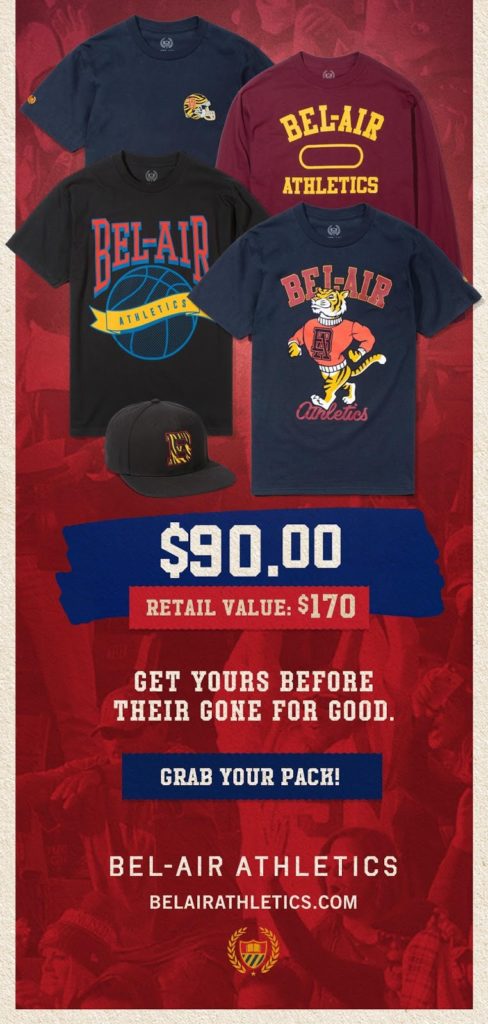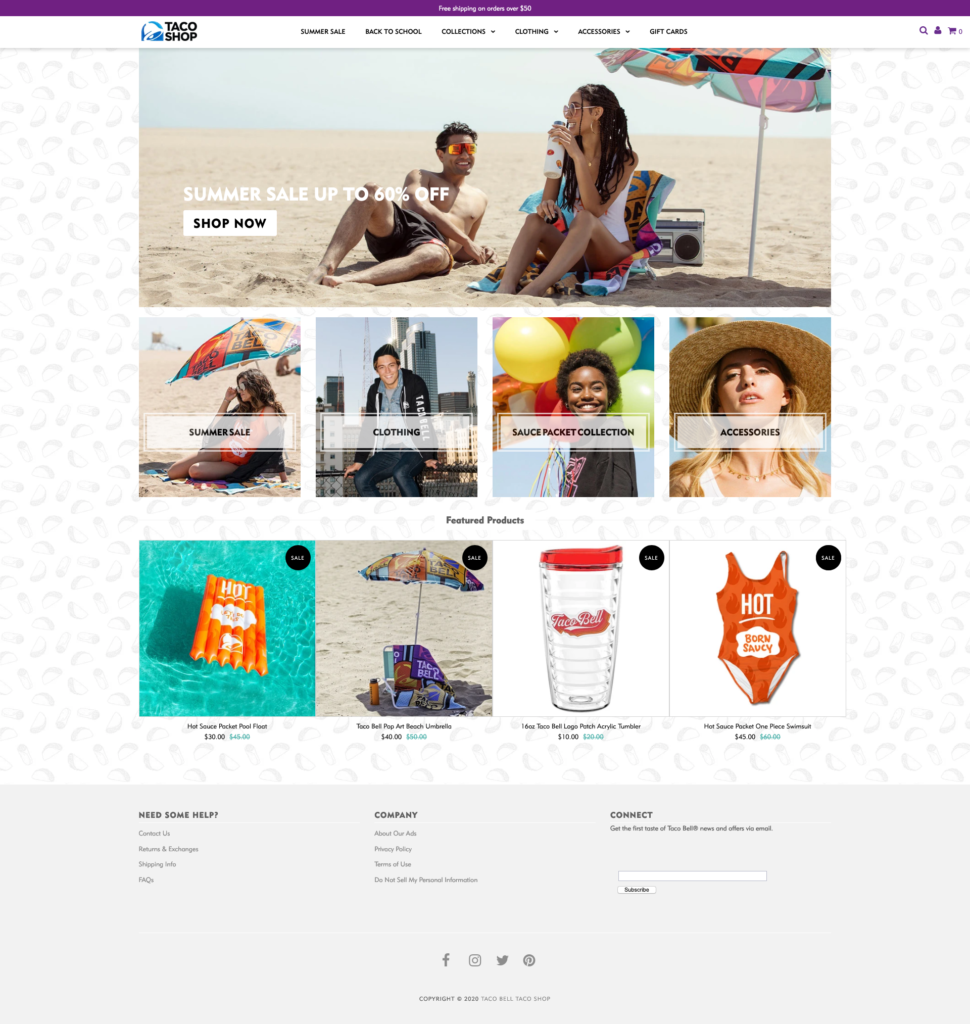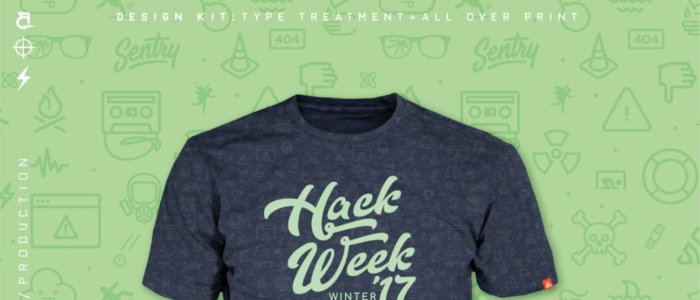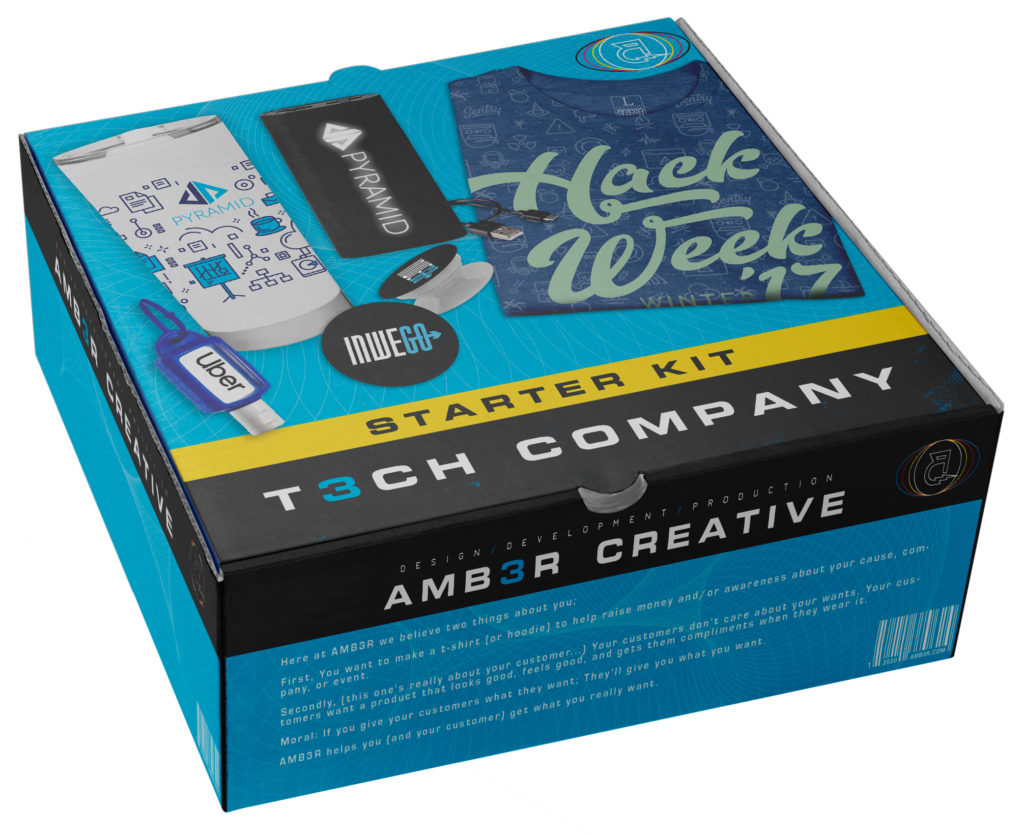Bottom Line Up Front: Industry expert Jeremy Picker is back, and this time he’s here to discuss how you should be packaging and pitching cohesive merchandise lines to your customers. With tons of examples and tips throughout, this is one breakdown you don’t want to miss.
Constructing merchandise lines is a balancing act between creative exploration, logistic considerations, and time management — which is why I’ve always had a love-hate relationship with it.

On the one hand, full merchandise lines offer a distinct opportunity to expand creative horizons — forcing you to think holistically about product mixes and interactions. When you’re not zoomed in on just one (or two) items, you can really get a taste for the big picture. But on the other hand, the life-cycle of merchandise lines can drag out for months. It can be incredibly time and resource depleting, and it can require a whole lot more back-and-forth than producing just one or two products might.
With that said, I know that all the best things in life come with some degree of difficulty. The full merchandise line is like that for me: both creatively fulfilling and challenging. One shirt is an easy achievement, but a full 5-15 product merchandise line — with the same design, development, and production life-cycle — is an entirely different ballgame.
I’m thrilled to be here today talking about not just the merits of producing full merchandise lines, but how to actually get your customers on-board with them. Specifically: how to take a one-t-shirt order and transform it into a multiple product order — through packaging them into a bundle, and through having the right partners beside you every step of the way.
Packaging for Success
For packaging ideas, looking at retail is a great place to start. Our industry takes cues from major retail frequently; when something works in the marketplace, that tells us that there’s major potential for it to be working with our customers’ orders. We should be observing and sharing trends with our customers constantly, especially those that are retailing, in order to increase their sales potential.
Whether you solely work with apparel or you’re combining apparel with headwear, outerwear, drinkware, tech, accessories, snacks, and even PPE — you need to be sharing bundle ideas. These bundle ideas are the only way for your customers to know about expanding their offerings, and I’d argue that it’s easier to go deeper with current buyers than it is to attract new ones. Remember: if your current customers don’t know what’s out there and what’s possible, then they can’t purchase it from you.
Bel-Air Athletics has some great examples of cohesive merchandise lines, pictured below.

I’ve also included some more industry-specific package ideas, so you can get a sense of what promoting cohesive lines to your customers might look like. Remember: increased cart value for you, and increased branding asset value for them.
The World of Promotional Products
I know many of you reading this now are clients of InkSoft — and I’ll be the first to tell you that you’re crazy if you haven’t been taking advantage of their partnership with PCNA. In short, PCNA enables decorators that aren’t selling promotional products an ultra-easy way to start offering them — on a grand scale. Because, if you’re only printing, embroidering, or offering DTG to a customer, then you’re missing out on all of the promo product needs they have. Needs that are likely getting filled by another vendor.
I first stumbled upon promotional products seven years into my career, when I was interviewing a potential sales representative and he brought me up to speed. I’ve been a member of ASI since 2016, but I only really started to take it seriously a couple years ago. In those few short years, it’s already helped me increase my revenue substantially — without having to close new clients.
Recently, a VIP client mistakenly gave me the wrong in-hand date, and let me know four days before the real due date. I frantically tried to piece together a plan of action, knowing the chances of delivering on-time were slim. I reached out to two suppliers, but they let me know they weren’t taking rush orders on and wouldn’t be able to meet the delivery date. Then I tried a third.
Leeds, a subsidiary of PCNA, got back to me and confirmed they had the inventory, could turn the amount needed around in 24 hours, and would be able to get it delivered two days later. I took the risk, submitting the order on Thursday. By the end of the day Friday, I had tracking that it shipped; by Tuesday, one day early, the product arrived.
I came through for the client, and while I normally push back against this kind of urgent production, it is certainly nice to make miracles happen for great clients.
All of that’s to say that it’s important to have a trusted partner when you’re outsourcing beyond your in-house capabilities. I think that’s the fear that stops most of you from getting into it — but with the right partner, you’ll see real results that wouldn’t have otherwise been possible.
Here’s another example: ETS Express, another PCNA subsidiary, can support you with the best drinkware in the game. The printing is top-notch, durable, and there are countless styles and colors to choose from. I’ve personally doubled my business with them year-over-year for three years straight. Getting into the promotional product game is integral if you want your business to stop surviving — and start thriving.
Believe me, 2015 Jeremy would never have been bringing up — let alone sharing with a big audience — that promotional products are such a game-changing source of revenue. But with my experiences over the years, I’ve come to learn about a whole different side of our industry. One that does promotional products with little apparel. And I genuinely believe that there can be great synergies between two diverse companies, where the resulting potential for revenue is nothing short of astounding.
Don’t Be a One-Trick Pony
Let’s bring it all back to what this article really boils down to: helping your customers produce high-value merch lines instead of one-off products. Nothing drives an engagement campaign like a multifaceted line that includes everything from apparel to drinkware to bags and even jewelry — because where there’s on-trend cohesion, there’s consumer interest.
These complete merch lines offer consumers a wide variety of options so they can pick and choose what’s valuable to them, providing them with goods that they’ll actually use. This cost-per-impression is better than any paid advertising, bringing wider audiences in with social proof that comes straight from the consumer.

The bottom line? Encourage your customers to follow the lead of these major brands and think outside of the box. And encourage your team to do the same.
Be creative.
Be open to new things.
Be problem solvers.
The competition is growing every day. But by constantly expanding your knowledge-base, your imagination for what’s possible, and your collaboration with other vendors, you’re positioning your team to stand out from the crowd.
Impress your customers with a pitch they haven’t seen before. I’m including a series of packaging ideas below to get you started on thinking about what you can offer your customers today — so they can start seeing real results tomorrow.



